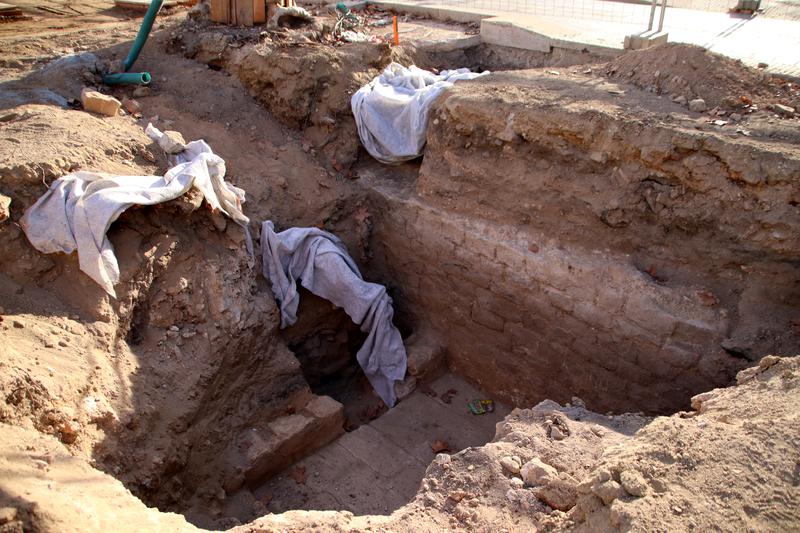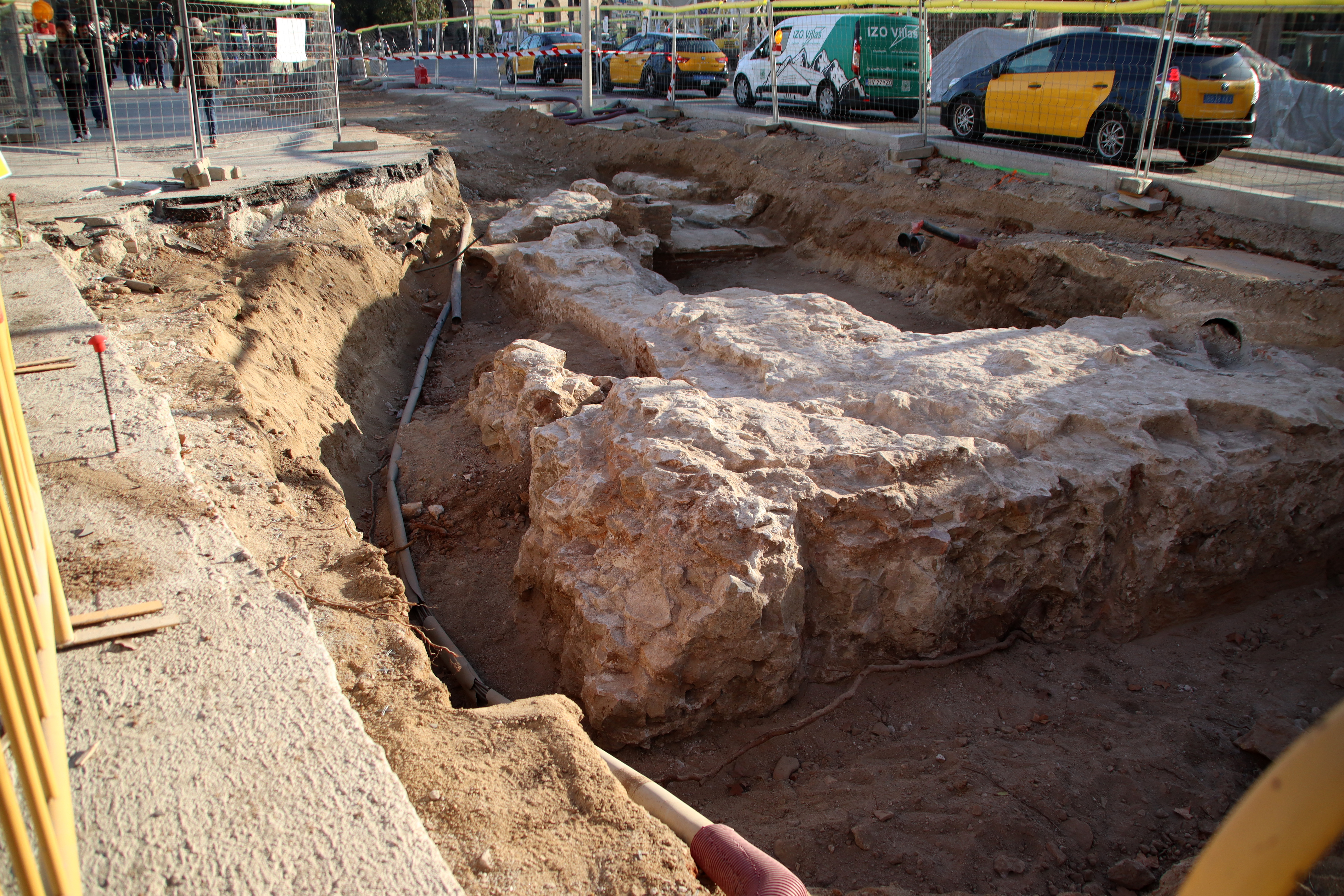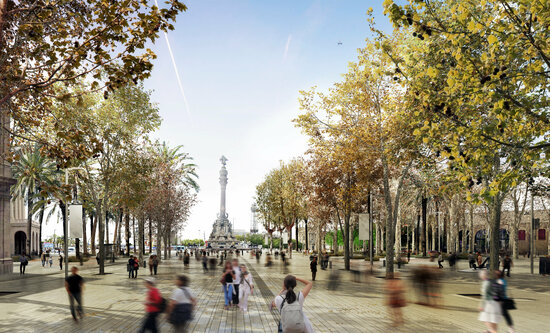La Rambla renovation uncovers 20 meters of Barcelona's 13th-century walls
Archaeologists will document and catalog the finds, then bury them again

Renovation works on Barcelona's iconic La Rambla boulevard have unearthed remarkable archaeological discoveries.
The city's famous avenue is currently undergoing a major renovation project, the first phase of which is taking place in the Drassanes area near the sea, next to the Columbus monument.
There, archaeologists have uncovered a 20-meter stretch of the city's original medieval wall, dating back to the 13th century. Additionally, the remains of the 18th century Drassanes dockyard have also been uncovered.

Although archaeologists already expected to find these remains, Xavier Maese of the Barcelona Archaeological Service highlighted the cultural heritage importance of the findings.
"The uncovered city wall, dockyards and bastion are cultural assets of national interest. As such, they will receive the highest level of protection appropriate to a heritage archaeological site," he said.
With this discovery, it has been possible to catalog and register the remains, although they will be buried again as construction continues.
Intervention director and archaeologist Carles Carbonell added that there is a yet-to-be-discovered portion of the dockyard building's façade and a segment of the sea wall connecting with the remaining 13th-century wall.
La Rambla renovation: 2027 completion
For years, Barcelona residents have thought of La Rambla as a place for tourists, with souvenir shops and inedible food. But the city council wants to change that perception, and in 2022 it began to reform one of Barcelona's most famous spots to try to welcome locals back.
The downtown boulevard will become a greener, more culturally-focused space, with wider sidewalks after the roads are reduced from two lanes to one. The total cost of the project will be €55.6 million and it is expected to be completed by 2027.
